What makes a good seam in granite or quartz?
Granite City Services
11 years ago
Featured Answer
Comments (11)
repac
11 years agoGranite City Services
11 years agoRelated Professionals
Amherst Kitchen & Bathroom Designers · Carson Kitchen & Bathroom Designers · Hammond Kitchen & Bathroom Designers · Knoxville Kitchen & Bathroom Designers · San Jose Kitchen & Bathroom Designers · White House Kitchen & Bathroom Designers · Cherry Hill Kitchen & Bathroom Designers · Feasterville Trevose Kitchen & Bathroom Remodelers · Avondale Kitchen & Bathroom Remodelers · Bremerton Kitchen & Bathroom Remodelers · Emeryville Kitchen & Bathroom Remodelers · Hickory Kitchen & Bathroom Remodelers · Saint Helens Kitchen & Bathroom Remodelers · Baldwin Tile and Stone Contractors · Foster City Tile and Stone ContractorsSparklingWater
11 years agoGranite City Services
11 years agoNancy Mee
10 years agoGranite City Services
10 years agokksmama
10 years agoGranite City Services
10 years agoHolly- Kay
10 years agoChewbacca Wookie
8 years ago
Related Stories

MOST POPULAR5 Remodels That Make Good Resale Value Sense — and 5 That Don’t
Find out which projects offer the best return on your investment dollars
Full Story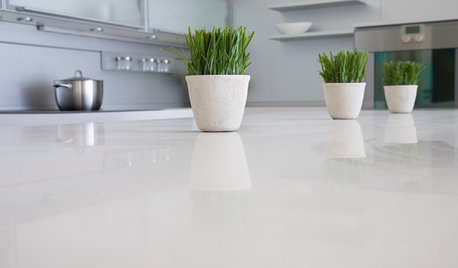
KITCHEN DESIGNKitchen Counters: Stunning, Easy-Care Engineered Quartz
There's a lot to like about this durable blend of quartz and resin for kitchen countertops, and the downsides are minimal
Full Story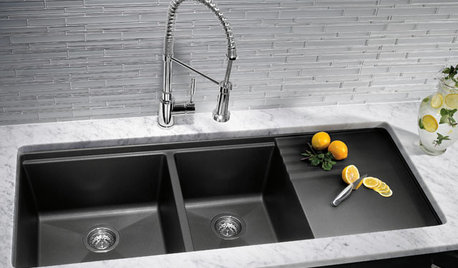
KITCHEN DESIGNKitchen Sinks: Granite Composite Offers Superior Durability
It beats out quartz composite for strength and scratch resistance. Could this kitchen sink material be right for you?
Full Story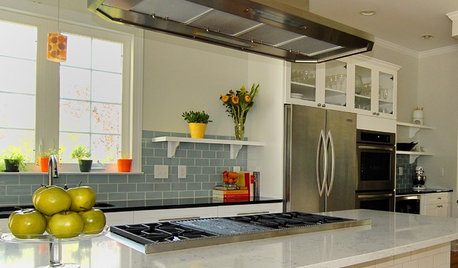
KITCHEN DESIGNGet Quartz and Porcelain Surfaces Super Clean
These cleaning tips for quartz, travertine, porcelain and engineered stone will help keep your countertops and sinks looking spotless
Full Story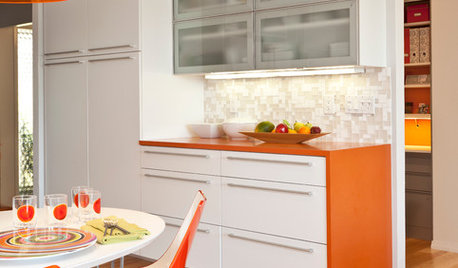
KITCHEN DESIGNCountertop and Backsplash: Making the Perfect Match
Zero in on a kitchen combo you'll love with these strategies and great countertop-backsplash mixes for inspiration
Full Story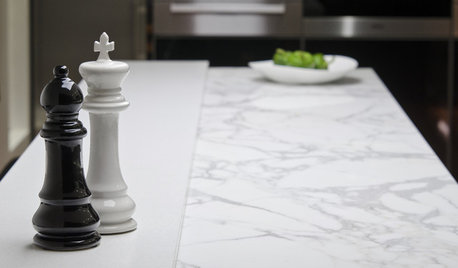
KITCHEN COUNTERTOPSKitchen Counters: High-Tech Solid Surfaces Make Maintenance Easy
Sculpted by heat and nonporous by nature, solid-surface countertops bring imagination and low maintenance to the kitchen
Full Story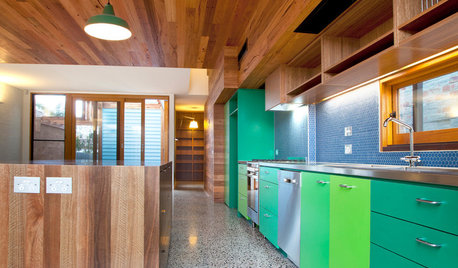
FLOORSMake Your Floors Terrific With Terrazzo
Durable, sanitary and unique, this bespeckled surface is a winner for floors, walls, countertops and sinks
Full Story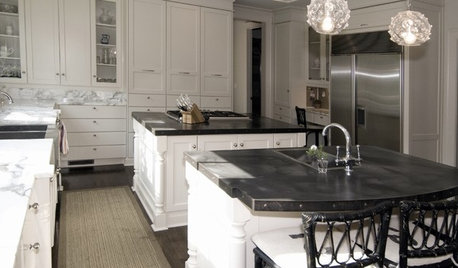
KITCHEN COUNTERTOPSKitchen Countertop Materials: 5 More Great Alternatives to Granite
Get a delightfully different look for your kitchen counters with lesser-known materials for a wide range of budgets
Full Story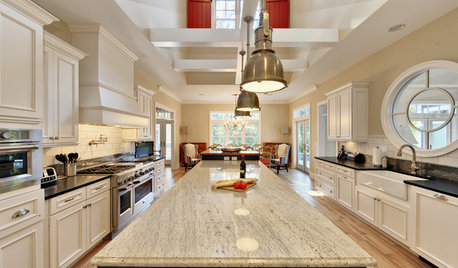
KITCHEN COUNTERTOPSKitchen Countertops: Granite for Incredible Longevity
This natural stone has been around for thousands of years, and it comes in myriad color options to match any kitchen
Full Story






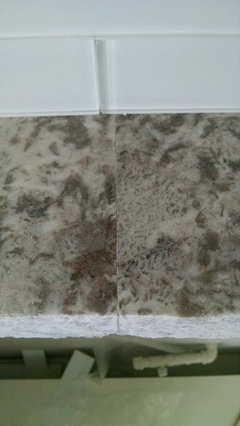
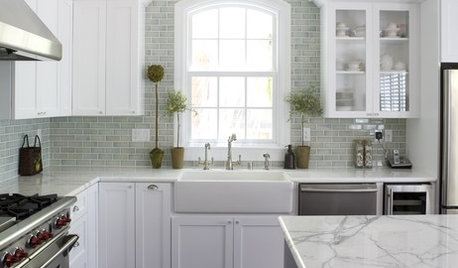
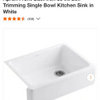

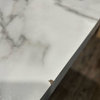


mark_rachel